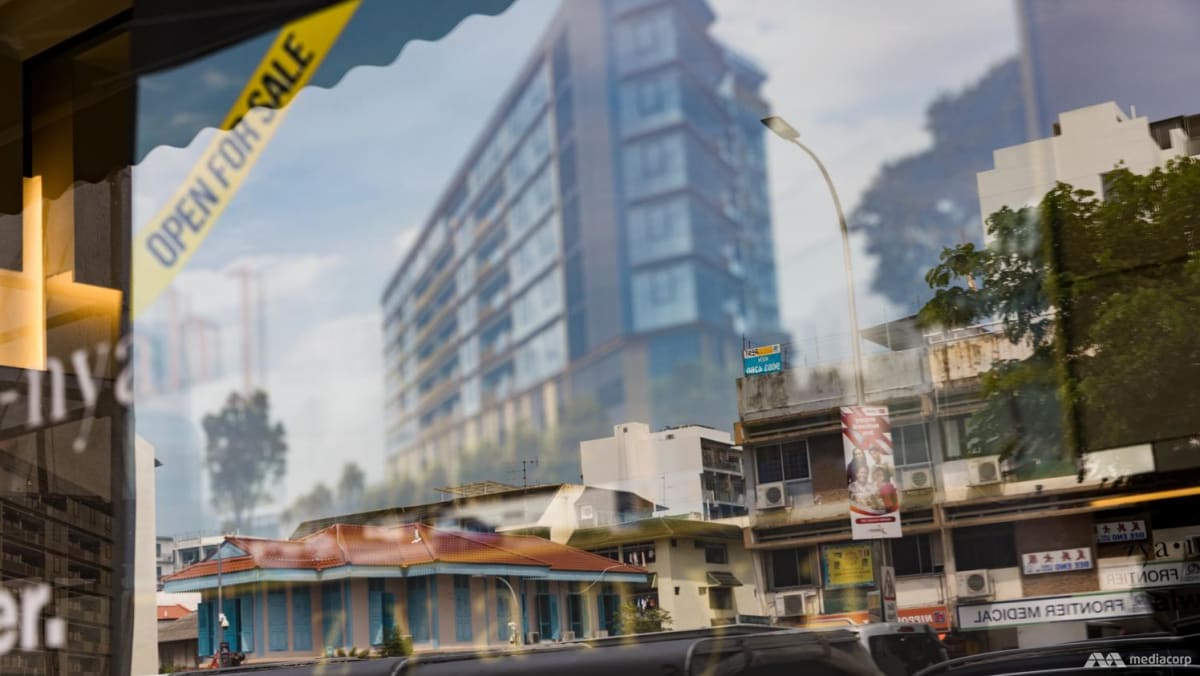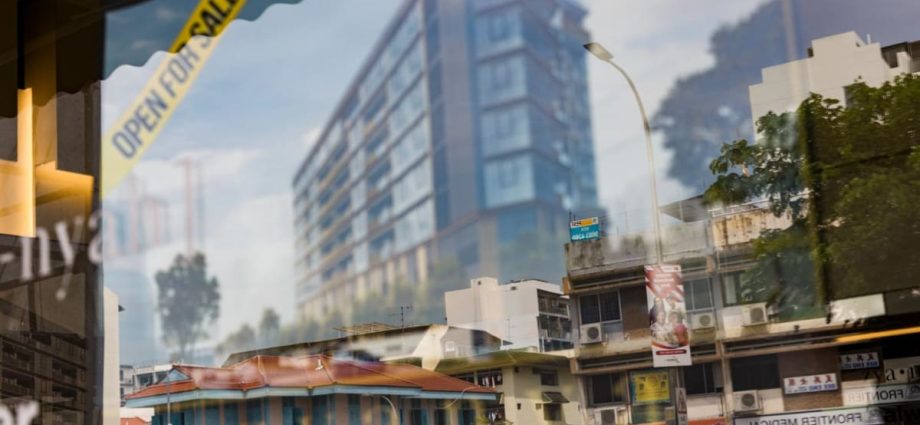
A ‘TRANSIENT’ COMMUNITY NOT OF LOCALS
To what extent then does Geylang’s lingering stigma affect residential property developments in the area?
For residential units located on even-numbered lorongs, which are commonly associated with vice activities, it can often take up to six months before a willing buyer is found, said property agents familiar with Geylang.
This is because such properties attract only a small pool of buyers – those who typically view them as investments rather than homes to live in.
These investors often have no trouble renting out units in Geylang to either expatriates who do not mind the neighbourhood’s reputation, or to companies which need to house their migrant workers.
Agreeing with this observation, Mr Cai, the long-time Geylang resident, noted that there have been noticeably fewer Singaporeans who live in the neighbourhood in recent years.
“My neighbours are largely transient. Most of them these days are migrant workers, from low-wage construction to security guards and nursing assistants.”
Locals, he said, simply do not “aspire” to call Geylang home.
At Wing Fong Mansions, a 218-unit freehold development located along Lorong 14 that was built in 1997, only around 20 per cent of its residents are Singaporeans, according to two property agents who listed units from the condominium online.
The same appears to be true of recent residential developments too that have sprouted out, mostly in Lorongs 26 to 40 that are not affected by URA’s rezoning move in 2015.
According to tenants living in the 2023-completed condominium NoMa, situated at the intersection of Guillemard Road and Lorong 28, most of its residents are either expatriates or foreign students.
“Not many Singaporeans can accept living in Geylang – even if the apartment is not near the red-light district,” said Ms Josephine Teh, a property agent with real estate agency PropNex.
Since the URA rezoned the area from Lorong 4 to 22 bound by Geylang and Guillemard Road from a “residential/institution” to a new “commercial/institution” zoning in 2015, 23 new private residential projects have been launched and sold in Geylang from 2017 to now.
This represents an average of almost 2.9 projects a year in that time, a stark contrast to the average of 10.25 projects a year launched and sold in the preceding eight-year period from 2008 to 2015.
But property experts added that there is another major, perennial barrier preventing Singaporeans from purchasing properties there: Very few banks are willing to provide loans for Geylang addresses.
This unwillingness stems from a perception that properties in the area are more susceptible to instances of crime and other transgressions.
And from the bank’s perspective, it would be an unnecessary risk to loan money to someone who might not be able to make timely repayments because of complications arising from illicit activity.
Without these loans, few buyers would be willing or able to fork out six- or seven-figure sums to purchase a property upfront. For banks that do approve loans to purchase residential units in Geylang, the loans often come with a higher interest rate, too, said property agents.
Nonetheless, the average price per square foot of Geylang’s non-landed private residential units has been comparable to the rest of Singapore over the last decade.
Mr Terry Wong, senior director of capital markets for real estate firm JLL, said this is not surprising in spite of locals’ reluctance to live there, as Geylang has always been a relatively prime location due to its proximity to the Central Business District (CBD).

